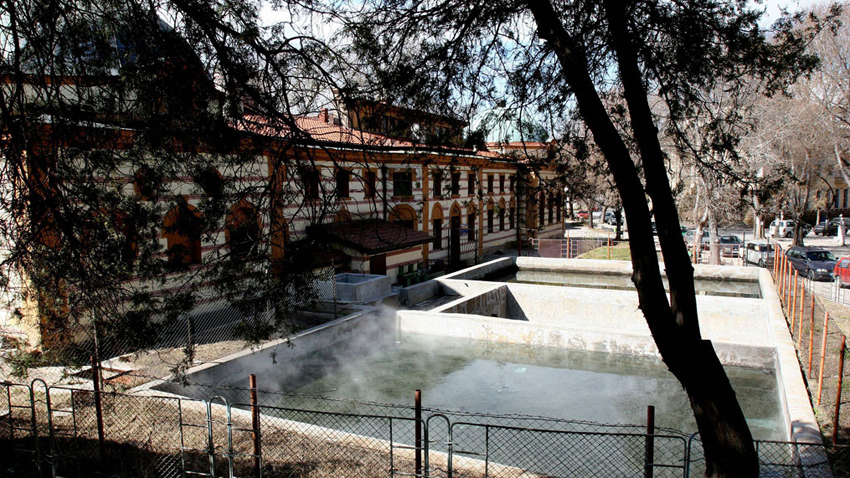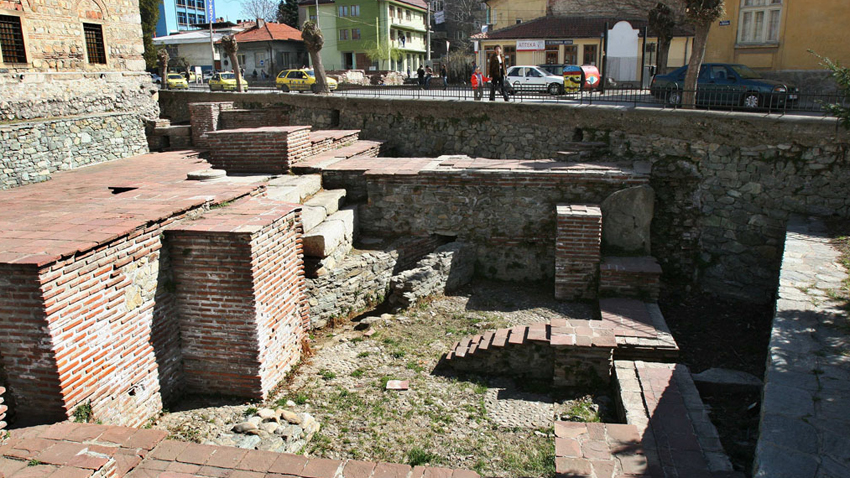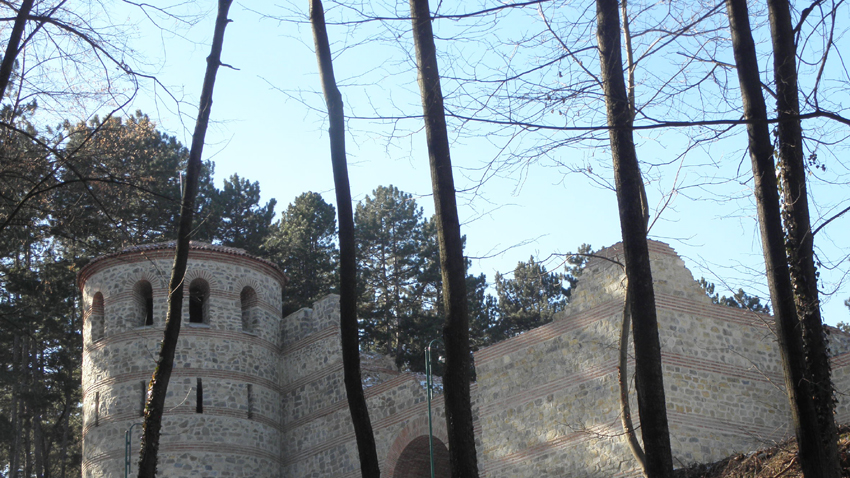-21:0-19:0-56 до годишните награди на БНР "Сирак Скитник"
When they hear Kyustendil mentioned, most Bulgarians tend to think of mineral baths. The fame of the town, located in Southwestern Bulgaria as a spa centre goes back to “socialist” times when holidaymakers thronged here. Back then there were many state-run clinics and departmental recreational facilities in the town that provided workers from all over Bulgaria a healthy holiday at a symbolic cost. In the years of transition however many of these facilities were abandoned and Kyustendil’s standing as a spa resort faded. In recent years however the municipality has been registering an increase in the number of tourists coming here. As it turns out people have been coming to Kyustendil not just for its curative mineral waters, but also for its cultural and environment tourism.

The new spa hotels in the town offer excellent facilities with a wide range of health and relaxation programmes. Some of these 5-star hotels are very high-end and welcome the more well-to-do visitors from the country and abroad. The construction of a big municipal spa complex with a hotel that will be working with the National Health Insurance Fund, will be completed by the end of this year. The idea is to bring in guests from the EU in conjunction with the health insurance funds in their own countries – says Stoyan Dertliiski from Kyustendil municipality. In fact, balneology in these parts, so richly endowed by nature goes back thousands of years.

Kyustendil is thought to be one of the oldest towns on the territory of what is today Bulgaria. In the 5th century B.C. the Thracians came to settle around the mineral springs here, and later attracted by the curative properties of the mineral waters, the Romans followed. Their presence is attested to by the well-preserved remains of ancient thermae built on a grand scale. The Romans called the town Pautalia and spread the fame of its wonder-working mineral springs far and wide across the empire. Now, tourists go to see the remains of the ancient baths in the town’s centre. Another one of Kyustendil’s emblems is the Medieval fortress called Velbuzhd on Hissarluka hill which was recently restored.

The local administration has staked on cultural tourism with the idea of popularizing the historical heritage of the region. So, together with the negihbouring municipalities Zemen and Nevestino, a joint itinerary was put in place recently along the Strouma River passing by monasteries, churches and remains of medieval life.
“It is well worth hiking to the Polska Skakavitsa waterfall which is 50 meters high. It is a sight visitors are not likely to ever forget,” Stoyan Dertliiski says. The beautiful landscapes, the fresh air and the pristine Osogovo Mountain nearby are the reasons why more and more tourists have been choosing to spend their holidays in Kyustendil. The green mountain rises majestically in the border zone with neighbouring Macedonia; its highest peak, Ruen searing the sky at an altitude of 2,251 meters is on the list of Bulgaria’s 100 national tourist sites, as well as on the list of the 10 highest mountain peaks in the country. More about the ecotourism opportunities offered by Osogovo Mountain from Stoyan Dertliiski:

“It is a mellow mountain and like Vitosha its peaks are rounded. And as its highest peak is on the border with Macedonia, at the end of August each year we organize meetings with people coming from both countries up on the mountain top. The mountain has so much to offer – tourists can go hiking or stay at one of the three cabins run by the local tourist society which offer excellent conditions. The country here is marvelously suited for mountain biking, there are routes leading up to the most picturesque parts of the mountain. Bikes for hire are available at our tourist society. The municipality also has a tourist centre offering information about the local sights as well as accommodation. 100,000 to 150,000 tourists come to Kyustendil every year, including many visitors from abroad, mostly from neighbouring countries - Greece, Macedonia and Serbia. But we also have people from France, Great Britain, Israel, who come mostly for the spa and cultural tourism.”
English version: Milena Daynova
Photos: kustendil.bg